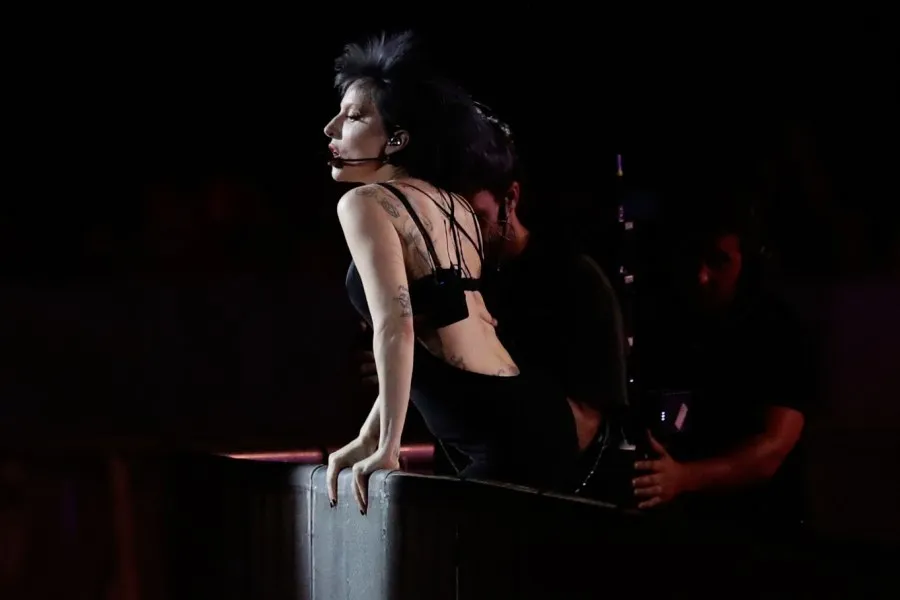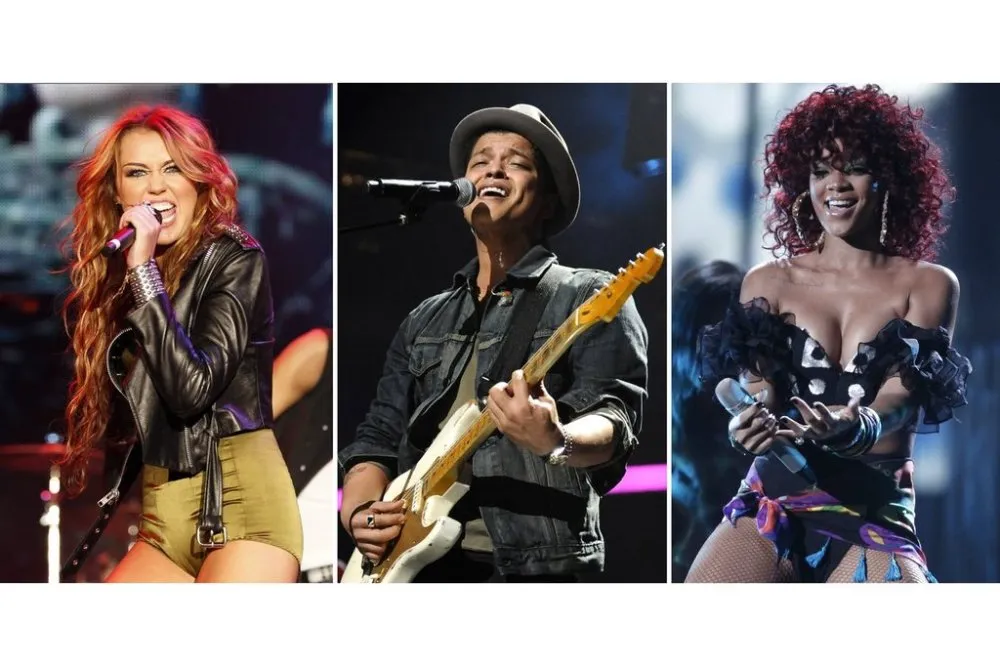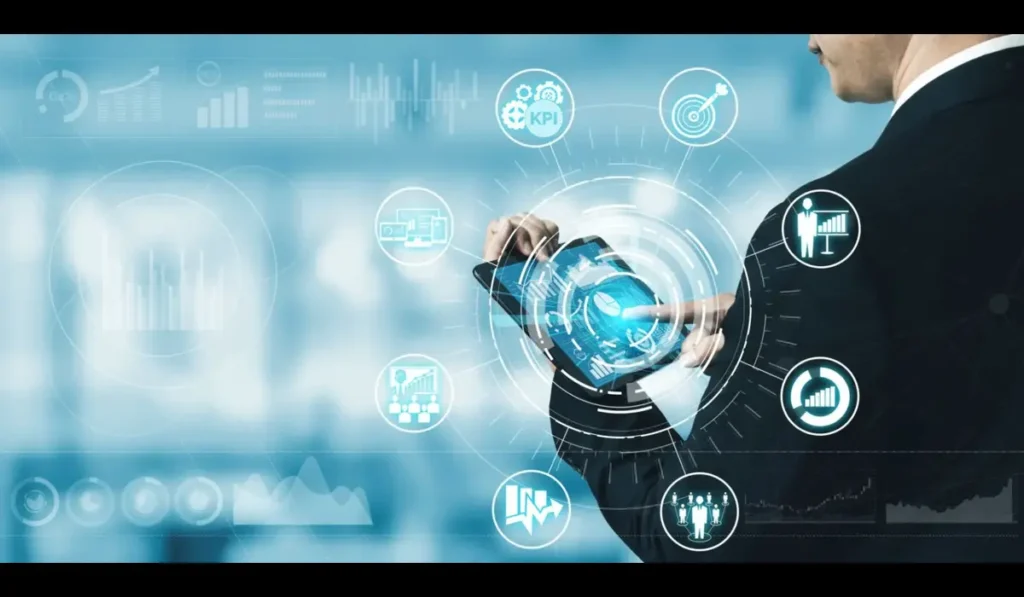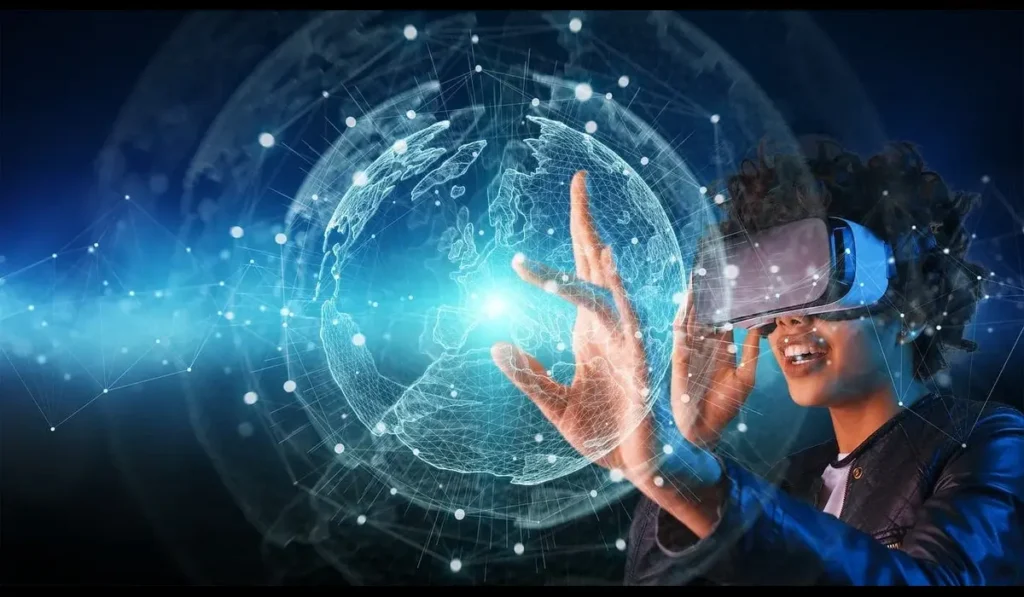In 2025, amid economic uncertainty and global stress, America’s biggest pop icons are doing more than just entertaining—they’re leading a cultural revival. As inflationary aftershocks and geopolitical tensions continue to rattle markets, the music industry is leaning into a powerful trend: recession pop.
With Lady Gaga, Miley Cyrus, and Rihanna topping global charts, their new music speaks to the moment—fierce, upbeat, emotionally honest, and wildly escapist. Dubbed “Recession Pop 2.0,” this wave of pop music recalls the sound of 2008–2010, when vibrant anthems became lifelines during a global downturn. But this time, it’s turbocharged by AI production tools, virtual performances, and hyper-online Gen Z fandom.
💽 What Is “Recession Pop” and Why Is It Back?
“Recession Pop” is a label first coined during the 2008 financial crisis, referring to mainstream pop music that was bright, bold, and emotionally cathartic—often produced as a counterweight to grim economic realities.
In 2025, with high youth unemployment, lingering recession fears, and social fatigue, Recession Pop has made a roaring comeback:
- Escapist anthems with booming choruses
- Synth-heavy, retro-infused production
- Lyrics about freedom, identity, heartbreak, and resilience
- A return to visual spectacle and maximalist fashion
Today’s version blends nostalgia with innovation, amplified by streaming culture and AI-driven music customization.
🌟 The Stars Powering the Revival
Lady Gaga: The Phoenix Returns
Lady Gaga’s long-awaited album “Neon Cathedral” dropped this spring, instantly topping charts in 37 countries. Mixing club beats with orchestral drama, it’s both a party and a prayer. Her latest single, “Dance Through the Ruins,” has become a TikTok anthem for resilience.
Her world tour, complete with hologram duets and AI-generated visuals, is breaking VR concert records.
Miley Cyrus: Vulnerable Yet Fierce
Miley’s “Steel Petals” project, released as a multimedia album and interactive web series, captures the duality of modern life: chaos and calm, grit and grace. Tracks like “Debt-Free Dreams” and “Twenty Something Apocalypse” channel the frustrations and hopes of Gen Z workers.
Cyrus’s raw performances, combined with her alt-country-pop edge, are resonating far beyond her usual base.
Rihanna: Back, Bold, and Billionaire
Following a protracted break, Rihanna’s 2025 album “Afterburn” blends electronic beats, scathing societal criticism, and her Caribbean heritage. Her popular song “Gutter Glamour,” a sparkling anthem about rising from nothing, is used as the background music for anything from protest videos to fashion displays. As a tech investor and fashion magnate, Rihanna embodies the intersection of economic empowerment and notoriety, reflecting the nuanced emotions of this cultural period.
🎧 The Sound of 2025: Old School + New Tech
Recession Pop today isn’t just a vibe—it’s an audio-visual phenomenon:
- Synth-pop and disco revival: Bright, danceable beats with 80s/90s flavor
- Digital layering: AI helps enhance harmonies, transitions, and mood shifts
- Real stories, raw lyrics: Themes of anxiety, loneliness, and economic pressure
- Live feels via tech: Virtual concerts feel like real-world spectacles thanks to immersive headsets, haptics, and real-time audience syncing
The mood? Defiant optimism.

🧠 Why Music Matters More During Hard Times
Recession Pop’s resurgence isn’t a coincidence—it reflects deeper cultural psychology. During downturns, music becomes:
- A coping mechanism: Uplifting sounds help regulate emotions
- A unifier: Shared anthems connect people across class and generation
- A distraction: Danceable tracks provide escape from stressful headlines
- A motivator: Empowering lyrics fuel hope and determination
In 2025, mental health apps will recommend playlists. Therapists use music in group settings. Even political campaigns are co-opting pop hits to energize voters.
📱 The Social Media Engine
TikTok, Instagram Reels, and AI-generated fan videos are supercharging the speed and scale of pop music’s spread. A chorus, bridge, or single verse can go viral in hours, influencing:
- Fashion trends
- Fan art
- Dance challenges
- Memes and mashups
Recession Pop thrives in this environment—fun, punchy, and shareable. Platforms also allow fans to remix, duet, and even co-create with artists, making the line between celebrity and community increasingly blurry.
🛍️ Music Meets Merch, Wellness, and Lifestyle
Artists aren’t just releasing music—they’re offering lifestyle ecosystems:
- Gaga’s “Neon Mind” AI wellness app uses her voice to deliver affirmations
- Cyrus has partnered with thrift platforms and eco-fashion startups
- Rihanna’s Fenty Empire is now linked to personal finance tools for women
The result? A multi-sensory experience where music, identity, healing, and style all merge.
💡 A New Kind of Cultural Capital
Recession Pop isn’t just catchy—it’s political, economic, and deeply generational. For Gen Z and younger Millennials, these songs become anthems for:
- Job hunting with confidence
- Paying off student debt
- Staying mentally grounded
- Celebrating identity, queerness, neurodiversity
- Demanding systemic change with a danceable beat
Just like in 2009, the music of 2025 isn’t just background noise—it’s the soundtrack of survival.
FAQs: Recession Pop in 2025
1. What exactly is “Recession Pop”?
Recession Pop refers to upbeat, catchy pop music that emerges during or after economic downturns. It typically features danceable beats, empowering lyrics, and nostalgic production to lift listeners’ spirits during tough times.
2. Why is Recession Pop popular again in 2025?
Due to lingering economic uncertainty, high housing costs, and global stress, people are craving optimism and escapism. Recession Pop provides emotional release and cultural unity—especially for younger audiences.
3. Which artists are leading the Recession Pop wave in 2025?
Lady Gaga, Miley Cyrus, and Rihanna are leading the charge with bold new albums, major tours, and genre-blending styles. Other rising acts include Dua Lipa, Olivia Rodrigo, and AI-collaborative artists.
4. How is AI influencing pop music now?
AI is used for enhancing production, remixing fan content, generating visuals, and even co-writing lyrics. Many albums include AI-assisted “custom versions” tailored for specific moods or platforms.
5. Is this music just escapist or does it say something deeper?
Both. While it’s designed to be fun and uplifting, much of Recession Pop carries messages about mental health, economic survival, empowerment, and modern identity struggles.




